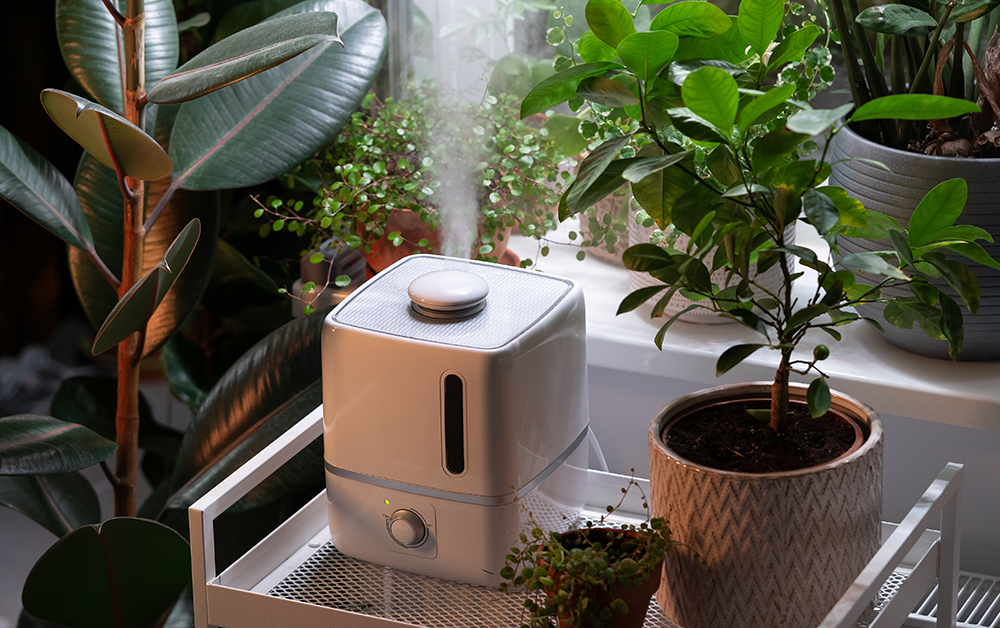
7 Quick Tips for Better Indoor Air Quality
Your home should be a place of comfort and well-being, and one of the best ways to ensure that is by maintaining clean, fresh indoor air. Since we spend about 90% of our time indoors, the quality of the air we breathe is incredibly important. Good air quality can boost your mood, support respiratory health and create a more pleasant living space.
Here are a few simple changes that can make a big difference in improving the air you breathe every day.
1. Let Fresh Air In
One of the easiest ways to refresh your indoor air is by improving ventilation. Open your windows for at least 10-15 minutes daily to let in fresh air and remove indoor pollutants. If you have a fan, place it near a window to enhance airflow.
2. Maintain a Healthy Humidity Level
Balanced humidity helps prevent mold and mildew while keeping your home comfortable. Ideally, indoor humidity levels should be between 30-50%. You can use a dehumidifier if your home feels damp, especially in spaces that retain moisture like bathrooms or basements.
3. Change Air Filters Regularly
As a general rule of thumb, you should be changing your HVAC filters on a monthly basis to keep dust, allergens and other pollutants from recirculating in your home. Clean filters mean cleaner air—and that means easier breathing for you!
4. Add Some Indoor Plants
Houseplants don’t just add a touch of beauty; they also help clean the air naturally. Low-maintenance plants like peace lilies, aloe vera and spider plants can filter out common indoor toxins, so consider adding a few varieties to your home.
5. Vacuum and Dust Frequently
Dust, pet dander and allergens can accumulate quickly, especially in carpets and upholstery. Use a vacuum with a HEPA filter and dust surfaces weekly to reduce irritants. This will go a long way towards keeping your space feeling fresh and clean.
6. Choose Natural Scents
Air fresheners and scented candles smell nice, but they can release harmful chemicals known as volatile organic compounds (VOCs) into the air. For a cozy, clean scent, try natural alternatives like essential oils or simmering cinnamon and cloves on the stovetop. You’ll still get that cozy, inviting scent without unwanted chemicals!
7. Use an Air Purifier
Quality air purifiers can be a powerful tool for improving indoor air quality, particularly in homes with poor ventilation or high exposure to outdoor pollutants. A HEPA-filtered purifier removes airborne irritants like allergens, dust and odors.
Good air quality is essential for a comfortable and healthy home, and small adjustments like keeping humidity in check and vacuuming regularly can make a significant improvement in the air you breathe. By taking proactive steps now, you’re investing in the well-being of you and your household for years to come.



